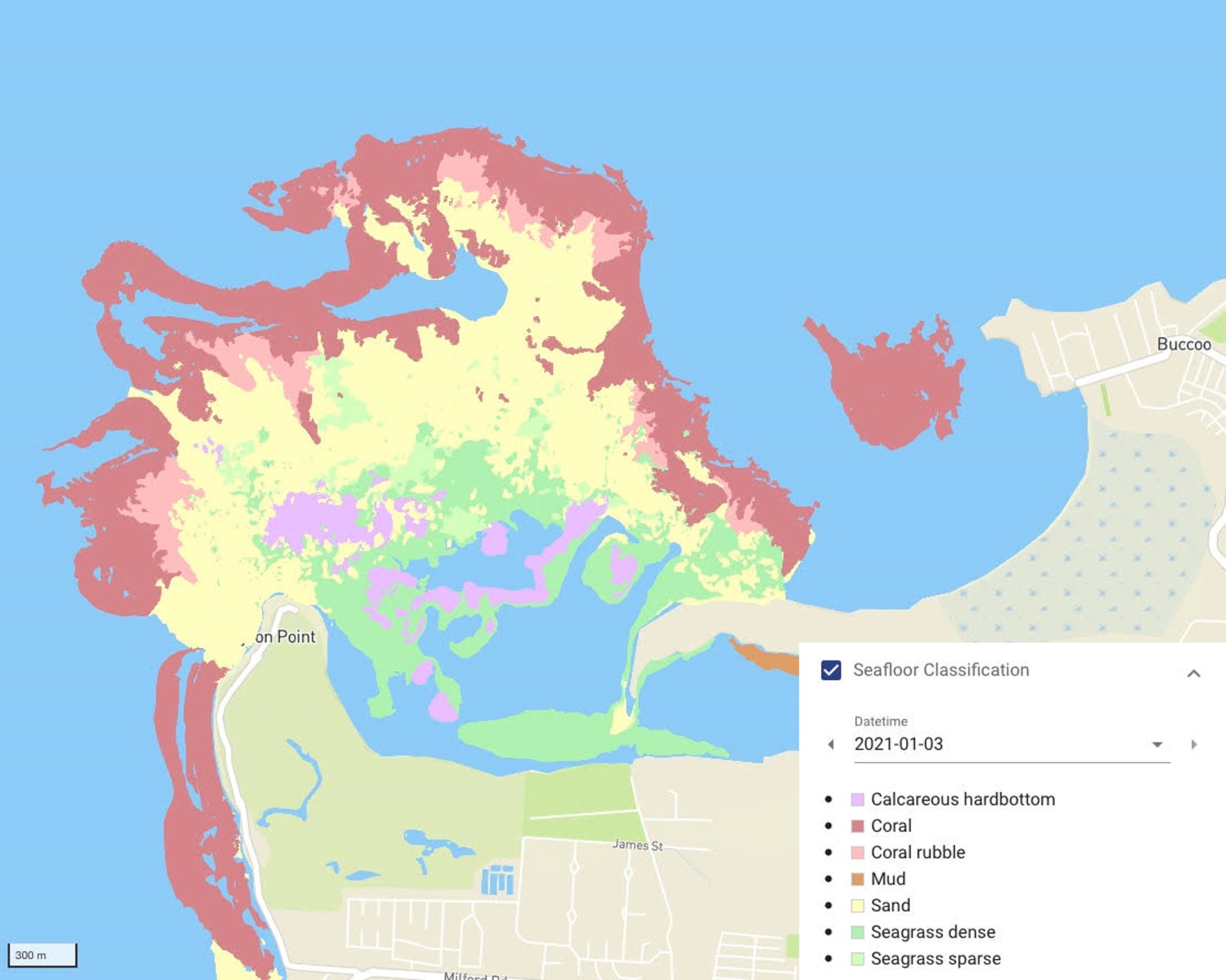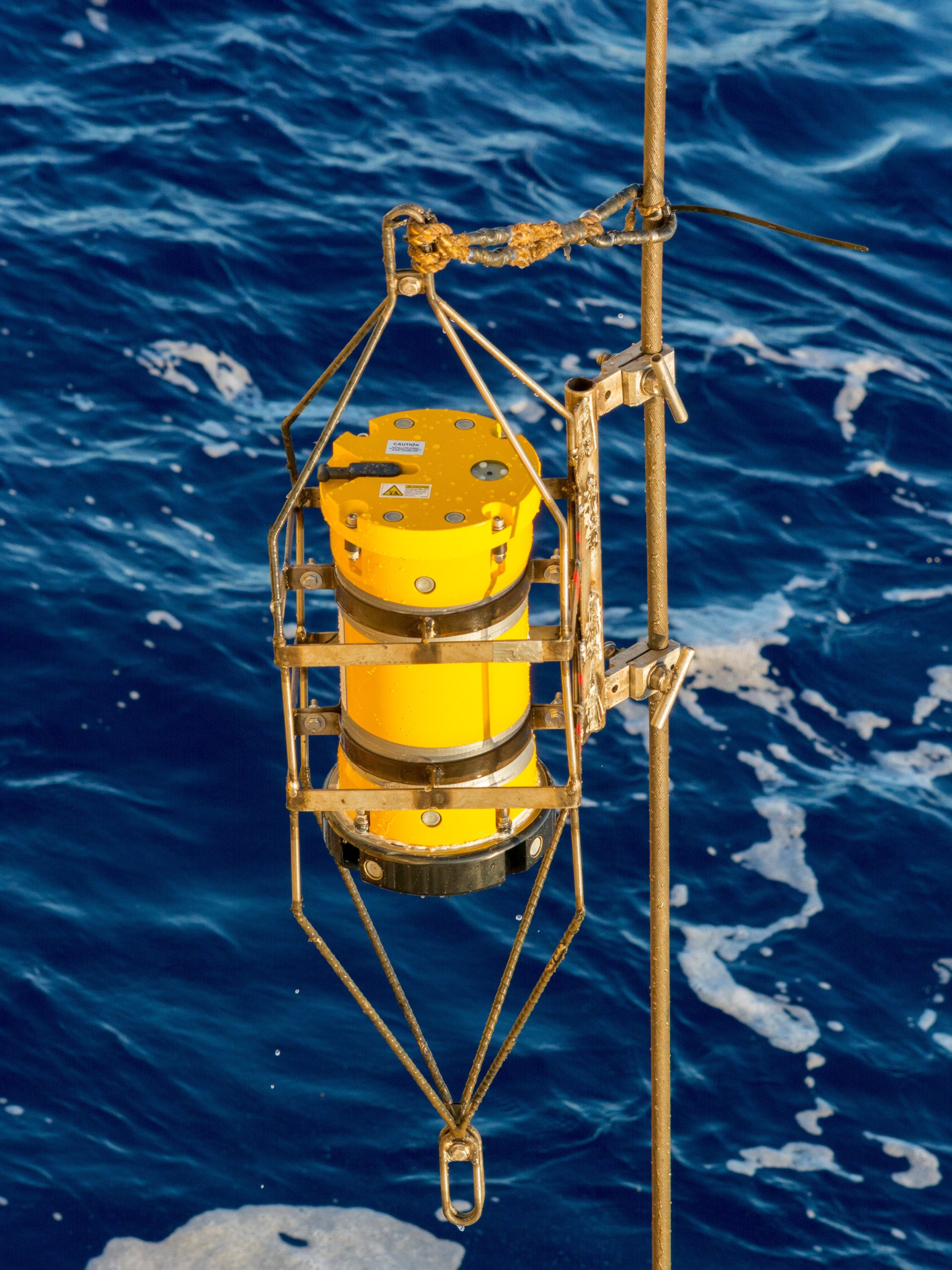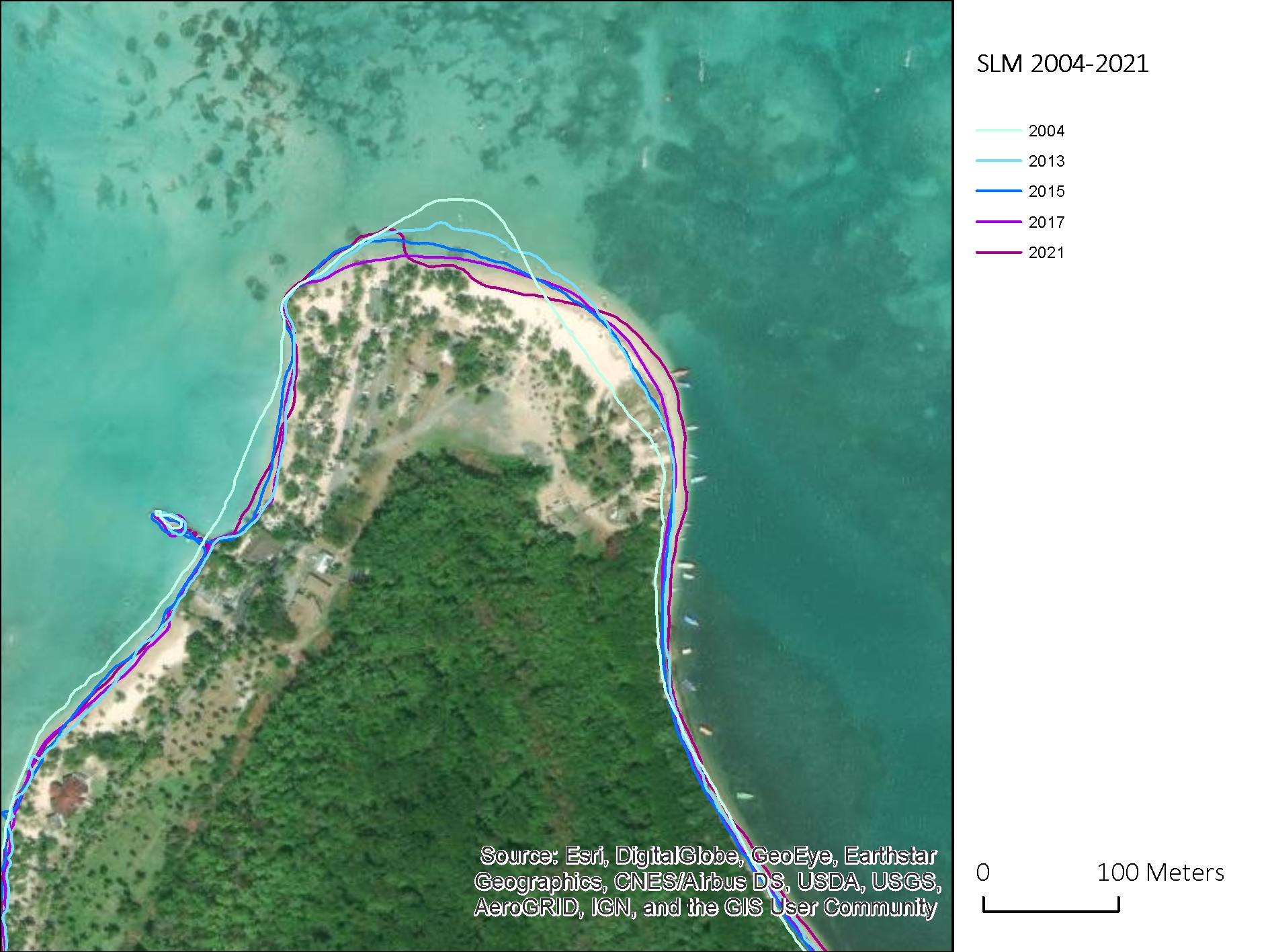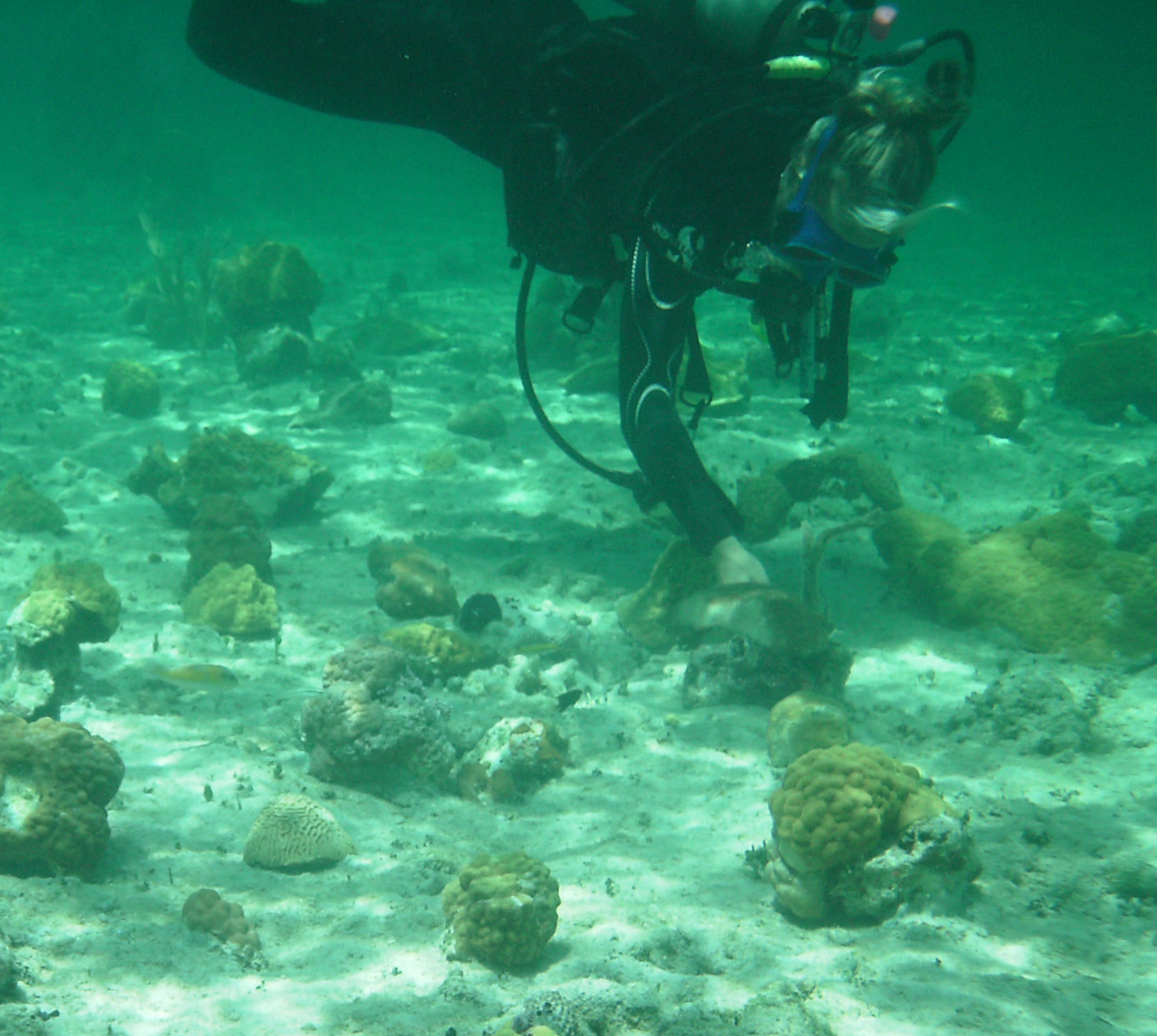MetOcean Monitoring
Metocean studies are fundamental to any coastal and marine engineering design. A thorough understanding of prevailing oceanographic and meteorological conditions guides design choices and minimizes uncertainty from the start. Our team has a profound understanding of ocean processes in and around the Caribbean; we’ve been collecting data here for 25 years and we have an extensive database: wind, waves, currents, bathymetry, water quality, and more. With nearly three decades in business we have developed reliable methods for accurate analysis and predictions. Our services in this area range from marine data collection to modeling of waves, winds and currents, pollutant dispersion and estuarine hydrodynamics.
Our environmental experts regularly sample and test nearshore water and sediments to monitor the effect of weather patterns on the beach, vegetation, and nearshore marine species. Precipitation, radiation, and temperature can affect the levels of salinity and the amounts of chlorophyll and dissolved oxygen present in the water. Monitoring of water quality plus satellite data also helps predict flows of sargassum (commonly known as “seaweed”) and treat algal blooms before they threaten the marine environment and beauty of the coast.



